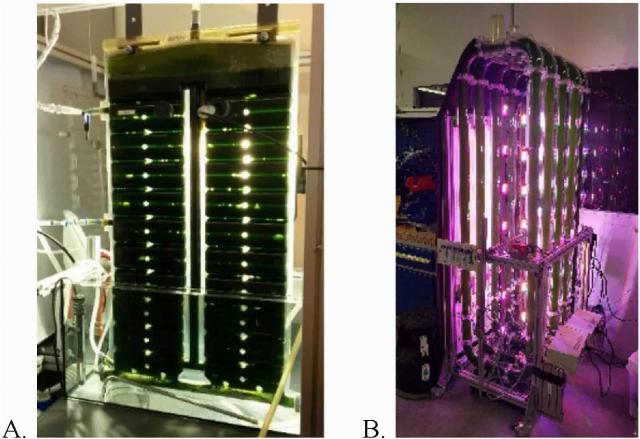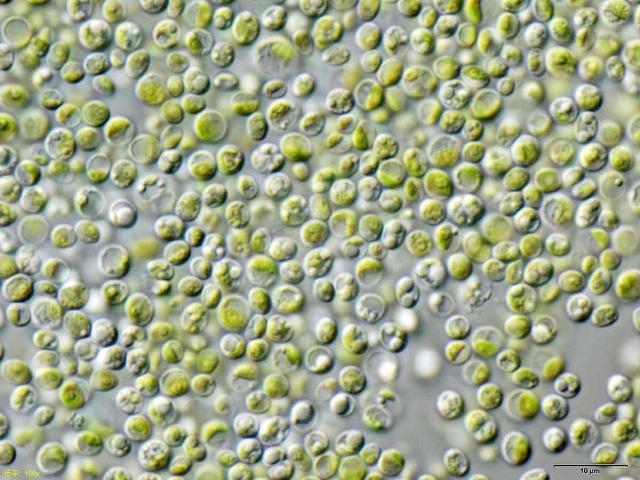Scientists have built prototypes of bioreactors capable of simultaneously producing oxygen and food on the moon. True, such food is quite unusual, but nutritious — according to the plans, microscopic algae that live in lakes and ponds around the world will have to act in this capacity.
The new American Artemis lunar program assumes that the first human landing after the Apollo missions will take place in 2027, and in the next decade it will be possible to switch to a long—term stay of astronauts on the Moon: they will be able to spend long months on a future permanent base, much like they are now on the International Space Station.
This large-scale task inevitably leads to reflections on the fact that, on average, every two to three months, a cargo ship arrives at the ISS with provisions, oxygen cylinders and all other resources necessary for life support. A similar organization of the supply of the lunar base will cost the space powers orders of magnitude more expensive. In addition, there is always a risk of an unsuccessful landing of the ship and loss of cargo.
Therefore, space engineers around the world are trying to make possible at least partial independence of future lunar crews in terms of life support. One of the ways to solve this problem was recently described by experts from the Technical University of Munich (Germany) in an article for the publication Acta Astronautica. They proposed building a bioreactor on the moon that would simultaneously produce oxygen and food. Common chlorella (Chlorella vulgaris), a microscopic algae widespread in freshwater reservoirs, is considered as a source of both.
It is of scientific interest for several reasons at once. For example, it is known for its ability to remove heavy metals and other pollutants, so it is used for wastewater treatment. But a few decades ago, it turned out that about half of its total dry weight is protein. Since then, Chlorella vulgaris has also been seen as a potential food source.
As an experiment, these algae were placed in prototypes of lunar bioreactors of two different designs. In one, the water filled with them is in vertical glass tubes, in the other — inside a flat rectangular tank. In both cases, carbon dioxide is supplied from below. Both solar and artificial LED lighting are used.
According to the scientists, the flat "aquarium" turned out to be several times more effective — algae growth is accelerated in it due to swirling water flows and better lighting. In general, the principle itself has successfully demonstrated its operability in both cases.

Prototypes of lunar bioreactors for producing oxygen and food from microalgae
Image source: Lina Salman et al, 2025
However, the developers faced a much more serious question: how to put this into practice on the Moon? The prototypes produce, at best, several grams of biomass per day, and to feed each astronaut, at least in addition to other products, at least 200 grams will be needed. To produce on such a scale, you will need an aquarium with a volume of hundreds or even thousands of liters.
In this sense, water is not the most difficult problem: considerable reserves of water ice are stored in the lunar polar regions. The creation of the structure itself is much more difficult. The delivery of such a bioreactor from Earth is considered unrealistic even in disassembled form.
Thus, the only way out is to build it on the Moon from local resources. This means, among other things, the establishment of the process of melting glass from regolith and extracting metals from it, that is, in fact, the organization of industrial production on the natural satellite of our planet.
Adele Romanova

